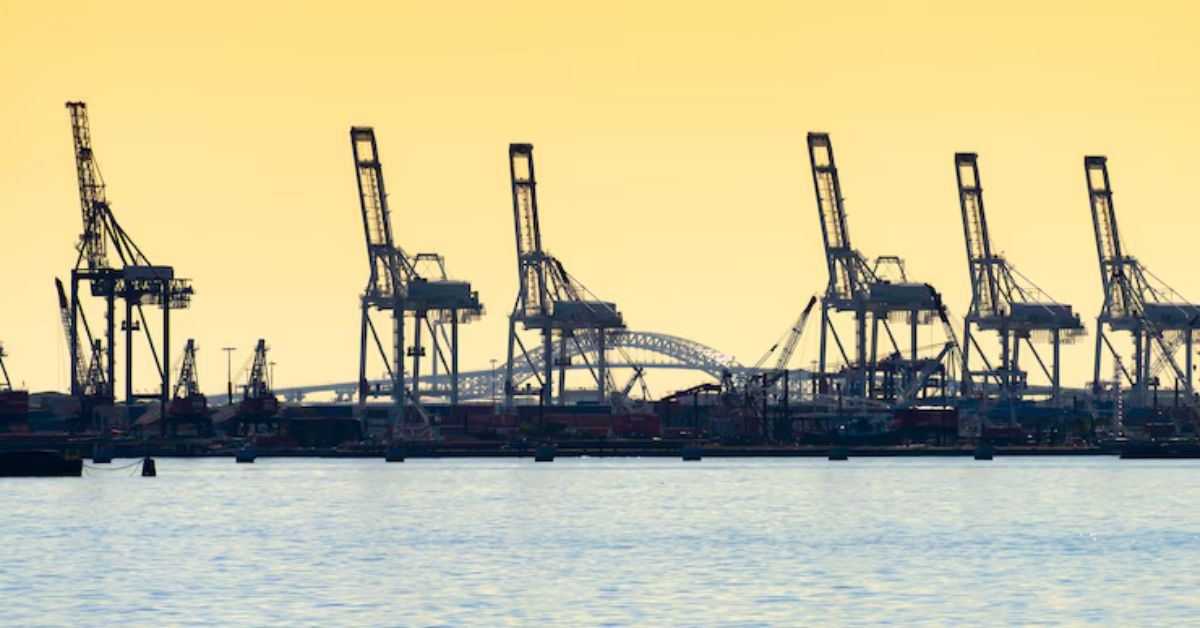Innovative Solutions for Offshore Decommissioning: Addressing Environmental and Technical Challenges

What Is Offshore Decommissioning?
Offshore decommissioning involves the complex and multifaceted process of safely retiring offshore oil and gas installations that have reached the end of their productive life. This process is more than simply dismantling structures; it encompasses a wide range of activities, including plugging wells, cleaning pipes, removing jackets, and restoring the marine environment. Ensuring a safe transition from active operation to legacy status demands coordinated efforts between engineers, environmental specialists, regulators, and various stakeholders. In recent years, organizations like Bluegrass Bit have emerged as significant contributors in this space, utilizing modern technology and best practices in every stage of decommissioning.
The scale of work required in offshore decommissioning is immense. Many offshore platforms were installed decades ago and are now showing their age, not only in physical wear but also in terms of outdated engineering approaches that may no longer comply with current standards. Research suggests that globally, over $100 billion will be spent on offshore decommissioning between now and 2033, with the number of projects increasing annually. With this surge comes significant environmental, logistical, and safety challenges, making effective decommissioning both a pressing task and an actual test of the industry’s capability to adapt and innovate.
Key Drivers Behind Offshore Decommissioning
Aging infrastructure remains the most apparent driver in the push for decommissioning across the globe’s oil-producing coastal regions. Many platforms—originally projected to last 20–30 years—are now long past their intended operating lives. Operating such old assets not only increases safety risks but can also result in higher maintenance costs and unexpected failures. In this context, proactive decommissioning represents a more responsible and strategic choice.
Regulatory changes have further accelerated the timelines for decommissioning. Today, international conventions and national authorities require companies to demonstrate that their activities minimize harm to the marine environment and prevent legacy pollution problems. In the North Sea, for example, more than 2,000 wells and hundreds of structures are set for removal or remediation by 2030. Public awareness of climate issues and sustainability is driving the industry to expedite responsible decommissioning, reinforcing the connection between energy transition goals and careful environmental management. Companies must weigh cost, compliance, and reputation as they plan for the future.
Technical Methods and Tools Used
The removal of offshore infrastructure is a highly technical process, requiring a combination of robust engineering and advanced technology. Remotely operated vehicles (ROVs) and autonomous underwater vehicles (AUVs) are central for surveying and performing subsea tasks in deep or hazardous conditions, reducing the need for human divers. Heavy lift vessels are deployed to transport and remove large topsides and jackets. These vessels utilize dynamic positioning and precision lifting gear to navigate tight spaces and transfer components to onshore decommissioning yards.
Cutting-edge tools, such as diamond wire saws, abrasive water jet cutters, and hydraulic shears, are selected based on the material, shape, and accessibility of the structures to be removed. Real-time data analytics and 3D digital modeling optimize planning, allowing teams to simulate operations and anticipate complications. This technical sophistication translates to faster project completion, lower operational risks, and far less collateral damage to marine habitats.
Recent Trends and Innovations in the Industry
The demand for cost-effective, environmentally sensitive decommissioning has sparked a wave of innovative thinking throughout the industry. There is a growing trend toward the circular economy, characterized by recycling metals from platforms, repurposing pipelines for carbon capture and storage projects, and adapting infrastructure for scientific research. Multi-stakeholder collaborations involving governments, research institutions, and private-sector contractors are now more common, with pooled expertise yielding creative technical and ecological solutions.
Recent industry advances include self-propelled removal vessels equipped with robotics and modular construction, which reduce project timelines and financial outlays. Other innovations such as innovative dredging, automated deconstruction, and AI-driven monitoring systems have made it possible to predict risks and adapt methods in real-time. These breakthroughs benefit not just companies but the broader environment and society as a whole, driving the industry steadily toward more sustainable outcomes.
Case Studies: Lessons Learned from Major Projects
Case studies from the field demonstrate how best practices in planning, communication, and flexibility are crucial for successful offshore decommissioning. In the Gulf of Mexico, involving commercial fisheries and local communities early in the project helped leaders anticipate and address concerns about lost income or ecological change, resulting in more inclusive and positive project outcomes.
Meanwhile, decommissioning work in the North Sea has emphasized the importance of early and comprehensive site integrity assessments as a means to avoid potentially costly surprises. Sharing project information with regulatory authorities and independent environmental groups has increased transparency, facilitated more collaborative problem-solving, and fostered public trust. Learning from these projects, it’s clear that success hinges on viewing decommissioning not just as an engineering task but as a comprehensive effort that balances technical efficiency with environmental and social stewardship.
Future Outlook: Opportunities and Challenges
Looking ahead, the next decade will see offshore decommissioning shift from a niche concern to a mainstream environmental and technological challenge. Thousands of structures worldwide are expected to be retired, heralding opportunities for innovation in robotics, remote work, and green technology. Robots and artificial intelligence may soon tackle complex decommissioning tasks, making dangerous underwater operations safer and more reliable.
The main hurdles for the industry will be scale and cost. Efficient removal, material recycling, avoidance of marine pollution, and habitat restoration will all require significant investment, as well as policies that foster innovation. Strong collaboration among regulators, technology developers, operators, and local communities will be key. Establishing open data standards, investing in workforce transition, and regularly updating best practices will ensure projects not only succeed but also contribute to global sustainability.






